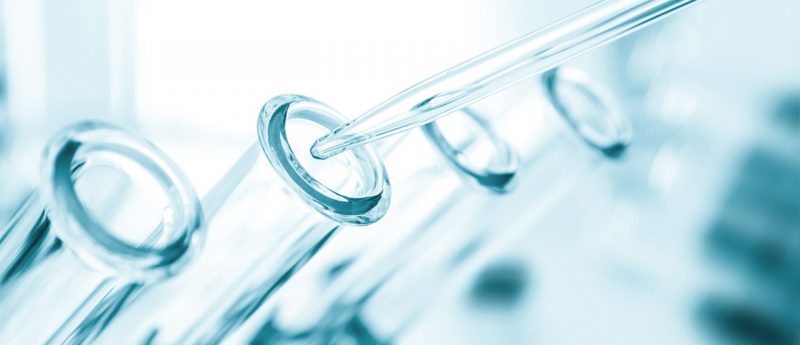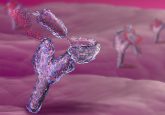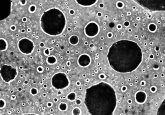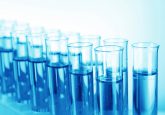Novel acoustic separation method for cancer cells in blood samples

Researchers at the Pennsylvania State University (PA, USA), Massachusetts Institute of Technology (MA, USA) and Carnegie Mellon University (PA, USA) have developed a novel method of separating circulating cancer cells (CTCs) from peripheral blood. In the study, published in Proceedings of the National Academy of Sciences of the United States of America, the team used acoustic waves to isolate the cancerous cells.
Conventional separation techniques often employ tumor-specific antibodies that bind with the cancer cells and isolate them; however, this necessitates that the relevant antibodies are known in advance. Current methods can also present quite a harsh environment for the cells, frequently requiring samples to be centrifuged for extended periods at high speeds. The team believes that the novel acoustic-based separation would present a gentler, non-invasive technique that does not alter or damage cells.
The researchers used an acoustic-based microfluidic device, which meant that the stream of blood could pass through continuously. Appropriate acoustic pressures were chosen based on the differential size and weight of the different cells, so that the CTCs would be ‘pushed’ out of the stream of blood and into a separate collection channel.
There are several features of the acoustic separation method which maximize the potential of CTCs to maintain their native states and functions. Very small amounts of energy are required to separate cells using tilted-angle standing surface acoustic waves; the power and intensity of the waved used in the study were similar to those used in ultrasonic imaging. Additionally, each cell only experiences the acoustic wave for a fraction of a second, and does not require labeling or surface modification.
The team believe that physicians could use the devices for initial diagnosis, for determining treatment and prognosis, and to monitor patients’ reactions to chemotherapy. They are currently working on making the devices disposable, since these are intended for use with human blood, and exploring mass production and manufacturing possibilities.
Sources: Li P, Mao Z, Peng Z et al. Acoustic separation of circulating tumor cells. Proc. Natl. Acad. Sci. USA 112(16), 4970–4975 (2015); Sound separates cancer cells from blood samples.




